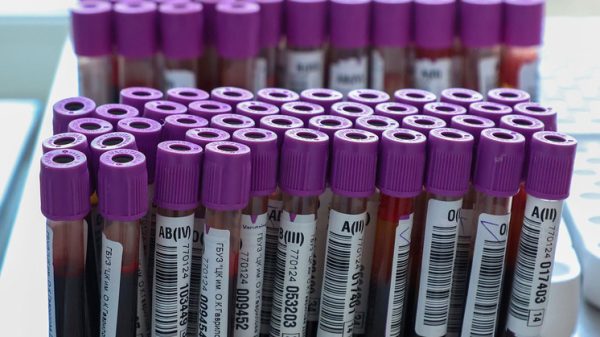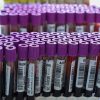Donald Trump was reportedly much more ill with Covid-19 in October than the White House publicly admitted at the time, with some officials concerned that he would need to be put on a ventilator.
Trump experienced “extremely depressed blood oxygen levels” and a lung problem commonly associated with pneumonia caused by Covid-19, according to a report in the New York Times citing four people familiar with the former president’s condition.
Trump was admitted to Walter Reed national military medical center for several days in early October after he tested positive for the virus, less than a month before the presidential election. At the time, a White House memo described the 74-year-old as “fatigued but in good spirits”.
Dr Sean Conley, the personal physician charged with steering the US president back to health through his encounter with Covid-19, was widely criticized for his vague statements on Trump’s condition one day after he was admitted to hospital, including when answering questions about the president’s oxygen levels. Conley gave an upbeat assessment, saying Trump was “doing very well” and there was “no cause for concern”.
However, the Times reports that officials found Trump’s prognosis so concerning before he was taken to the hospital that they were worried he would have to be put on a ventilator. Two people familiar with Trump’s condition told the paper the president had lung infiltrates, which can be a sign of severe illness in Covid-19 patients who are also exhibiting other symptoms.
Trump’s blood oxygen levels were also reportedly a source of alarm as they fell into the 80s – far lower than the the low 90s that are considered a sign of a severe case.
Trump drew rebuke from doctors for staging a surprise drive-by visit to supporters outside the military medical center two days after he was admitted for treatment. At least two secret service agents were seen in the vehicle accompanying Trump during the short drive.
At the time, James Phillips, an attending physician at Walter Reed, called the stunt “insanity”.
Trump, who repeatedly undermined and downplayed the severity of the pandemic and its soaring death toll, at times suggested that his own recovery was proof that the virus was not as big a threat as public health officials made it out to be.
Upon returning to the White House after his illness, Trump told supporters: “You’re going to beat it [coronavirus] … As your leader, I had to do that. I knew there’s danger to it, but I had to do it. I stood out front, and led.”
Not long after Trump’s recovery, the US entered its most deadly stage of the pandemic. More than 27 million people have been infected and 474,000 have died in the US alone, the highest tolls of any country in the world by far.























































Свежие комментарии